Remaining Compliant with New Flare Regulations: A Practical Approach
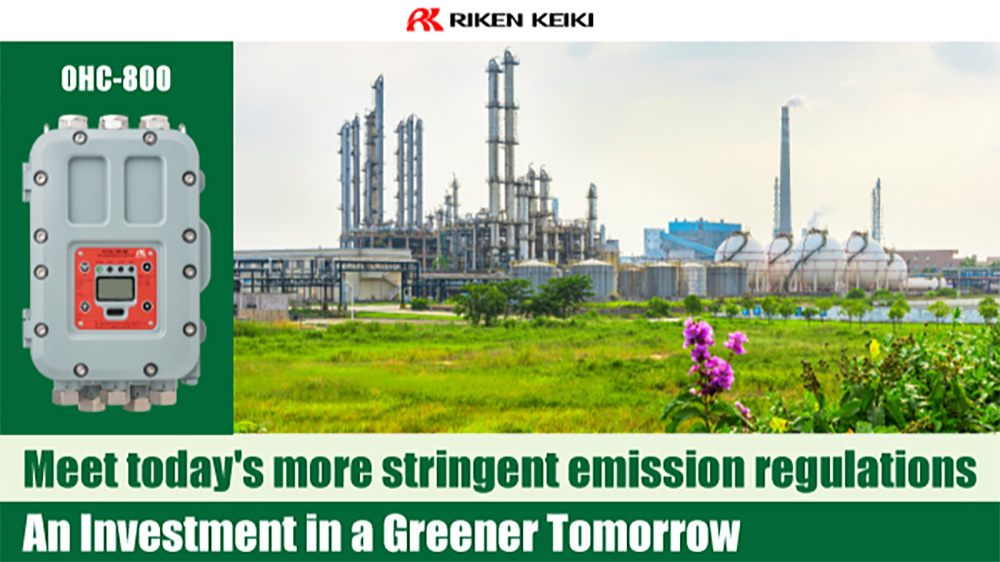
Table of Contents
A Growing Market for Flare Systems
Flare gas refers to the gaseous waste released during the production and processing of natural gas and petroleum which contains substances such as hydrocarbons and volatile organic compounds (VOCs).
These gases are among the many greenhouse gases known to contribute to climate change. Because they are both toxic and odorous, they are typically disposed of through a smokestack where they are burned and neutralized before being released into the atmosphere. This process is known as the flare stack method.
In recent years, countries worldwide have been tightening flare regulations with the aim of moving toward carbon neutrality, ushering in a period of growth for the flare system market.
Beyond simply minimizing flare gas emissions, demand is rapidly increasing for systems which allow us to recover and reuse flare gases instead of processing them via combustion.
Essential here is a system architecture which enables continuous monitoring of flare gases produced and emitted, as well as their combustion efficiency. During combustion, for example, it is necessary to maintain appropriate heating values by mixing the right amount of steam, water or fuel gas depending on the amount of heat generated by the flare gas.
If this adjustment is not performed properly and combustion efficiency is poor, this can result in incomplete combustion and the release of black smoke.
This black smoke contains high concentrations of substances such as carbon monoxide (CO), nitrogen oxides (NOx), sulfur oxides (SOx), and particulate matter (PM).
Because these substances have a significant impact on the environment, particular care must be taken to control their emissions. In addition to managing combustion efficiency, real-time monitoring of the amount of gases present is also necessary seeing as the composition of gases fluctuates during the flaring process.
Increasingly Stringent Flare Regulations
Countries throughout the world have been tightening regulations on gas flaring.
In this article, we will focus specifically on the new Refinery Sector Rule (RSR) issued by the US Environmental Protection Agency (EPA) on March 8, 2024.
These new regulations outline a new set of specific conditions and technical standards regarding combustion efficiency in gas flaring and mandatory continuous monitoring requirements for flare gas emissions with the primary aim of reducing the emission of greenhouse gases and air pollutants.
Below are some of the most important takeaways from this new set of regulations:
✓ Combustion efficiency of 95% or higher: The new regulations set forth conditions such as maintaining a constant ignition source and preserving the heating value of diluted flare gases.
✓ Gas monitoring equipment requirement: In order to maintain combustion efficiency, the new regulations require installation of a system for monitoring methane concentrations and unburned gas components present in exhaust gases in real time.
✓ Monitoring visible emissions: Visual observation and optical gas imaging (OGI) cameras should be used to fulfil this monitoring requirement.
✓ Restrictions on Tip Exit Velocity: Gases released from the tip exit at high speeds can cause the flame to become unstable, potentially releasing unburned gases into the environment.
Remaining compliant with these new standards presents a new set of technical and operational challenges:
1. The need for precise exhaust gas analysis: Highly precise heating value data must be collected in real time to ensure accurate NHVcz measurements.
2. The need for additional equipment: Additional fuel gases such as propane and natural gas may be required to improve combustion efficiency, and appropriate combustion technology must be used to limit visible emissions.
3. Increased operating costs: Increased maintenance and additional fuel requirements may result in higher operating costs.
Our Solution: OHC-800
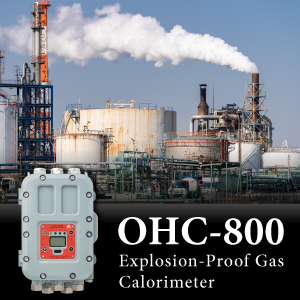
Riken Keiki’s OHC-800 Explosion-Proof Calorimeter is the perfect solution for your calorific value monitoring system.
This explosion-proof calorimeter features our exclusive gas sensing technology which converts data from physical optical interferometric and ultrasonic sensors into accurate readings without interference from other gases.
This technology allows for extremely accurate, continuous measurement of multiple component gases in a variety of environments and under various kinds of constraints, without the need to worry about interference from other gases.
But above all, the OHC-800 can be used with gases with low heating values and to detect sudden fluctuations in heating values, making it perfect for managing the equipment used to regulate exhaust gas heating values at your facility.
Here are some of the key features of our OHC-800 Explosion-Proof Calorimeter:
✓ Highly precise readings: Consistent readings within ±0.02MJ/m3 for highly precise measurements which rival those of gas chromatography, helping you remain compliant with all applicable regulations.
✓ Extensive measurement range: Customizable to meet your unique needs with an expansive coverage area spanning from 120 to 2,870 BTU/ft³.
✓ Real-time data collection: Four data points collected each second for continuous gas monitoring.
✓ Explosion-proof design: Ex d ⅡB+H2 T4 level explosion-proof design. Ingress protection rating of IP 66/67.
✓ Affordable carrier gas: Compared to the more costly helium used in gas chromatography, the OHC-800 uses the more affordable nitrogen as well as instrument air as a refference gas.
✓ Small amount of sample gas required: Designed to use only a small amount of sample gas which is not a significant source of emissions (Compliant with the new Environmental Protection Agency (EPA) Refinery Sector Rule (RSR), allowing for more thorough emissions management).
✓ Rapid startup time: Up and running and ready to use in less than one hour.Incorporate our OHC-800 Explosion-Proof Calorimeter into your flare system to achieve more precise control of heating values and stay compliant with today’s more stringent regulations, all while lowering costs at the same time.
Using our OHC-800 to optimize the amount of steam and fuel gas used to regulate heating values implies advantages such as improved gas flaring efficiency and reduced fuel costs.
And what’s more, the OHC-800 works using physical sensors which undergo minimal deterioration over time, translating into savings in maintenance costs as well.
An Investment in a Greener Tomorrow
Flare regulations and indeed the transition to decarbonization as a whole no doubt pose a series of new challenges to be addressed.
But alongside these challenges come new opportunities to improve energy efficiency.
Our OHC-800 is a powerful tool not only for remaining compliant with current regulations, but also for achieving greater efficiency and lowering costs.
As environmental awareness continues to increase, it is important to see adapting to new regulations not as a burden, but rather as an investment which will give you a competitive edge going forward.
Please do not hesitate to contact us with any questions or concerns you may have regarding flare regulations or exhaust gas management in general.
We are confident that we can find the right solution to meet your needs.
PRODUCTS
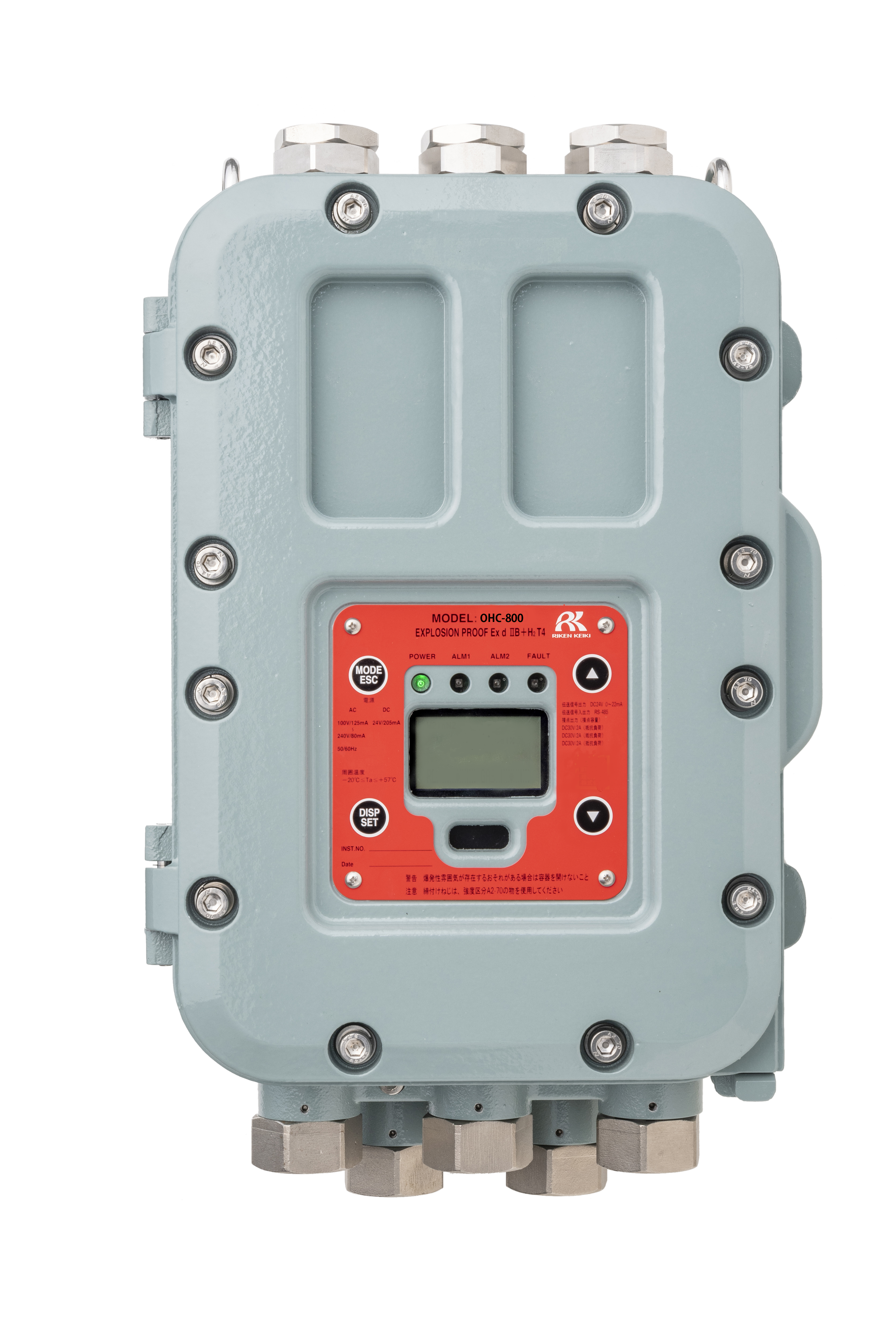
Product type |
Fixed Gas Analyzer |
|---|---|
Applications |
|
single/multi |
Single |

Want to hear from an expert?


You may also be
interested in
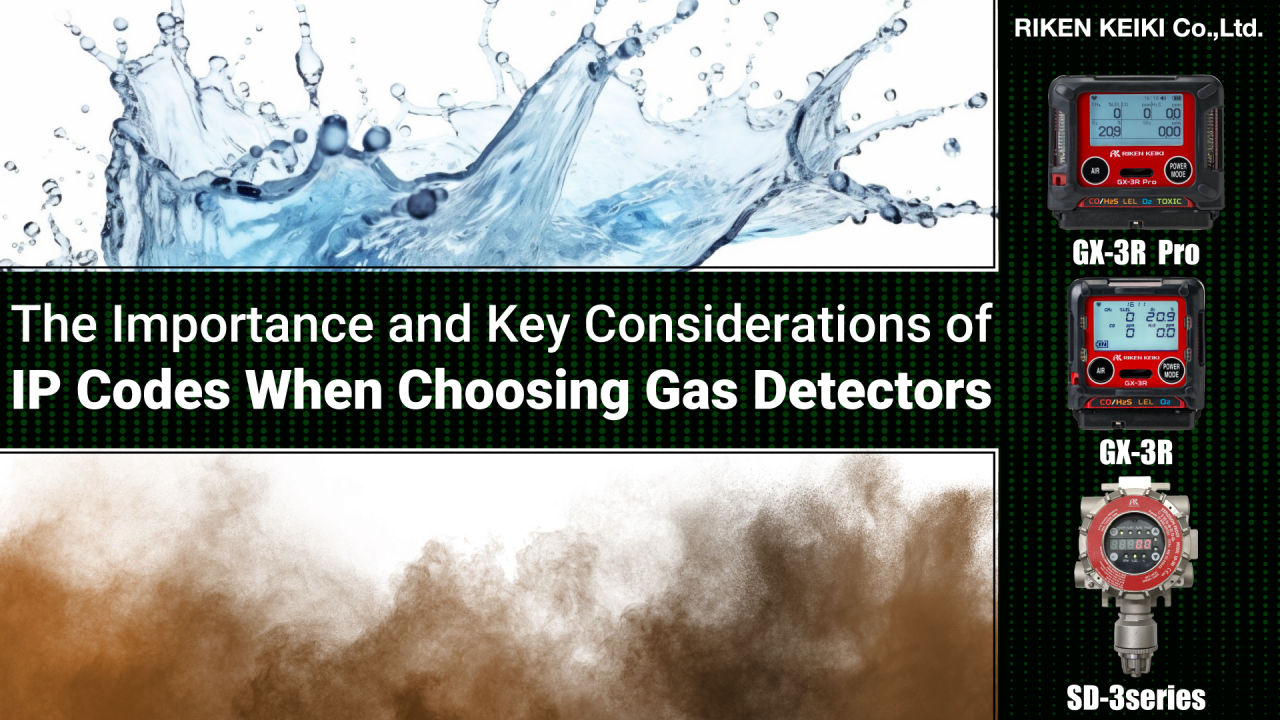
The Importance and Key Considerations of IP Codes When Choosing Gas Detectors
Learn why IP codes matter when choosing gas detectors. Discover how dust and water resistance ensure reliable performance and worker safety in harsh environments.
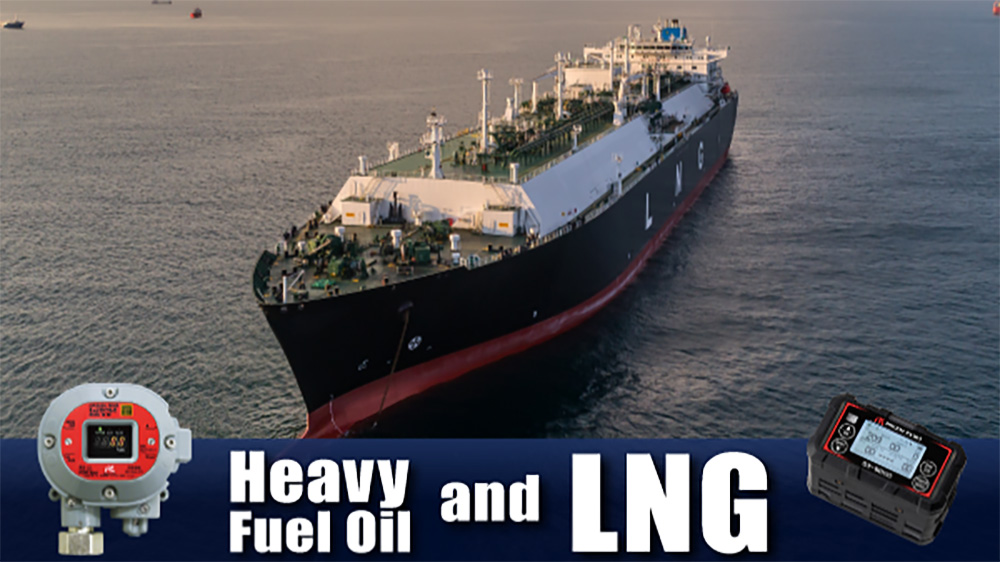
Heavy Fuel Oil and LNG
Heavy fuel oil powers global shipping with efficiency, affordability, and safety—maximizing cargo space and enabling long-distance voyages.
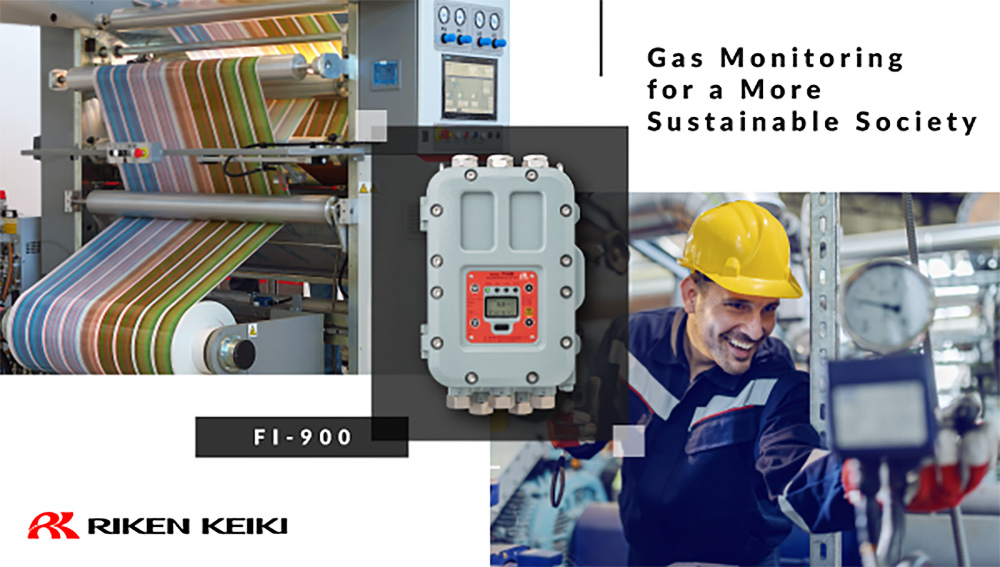
Gas Monitoring for a More Sustainable Society
Riken Keiki aids sustainability with gas monitors, supporting circular economy efforts and eco-friendly manufacturing practices.
Publications





